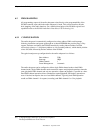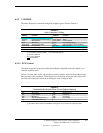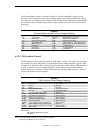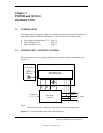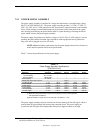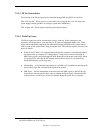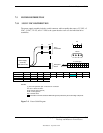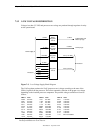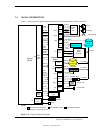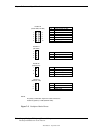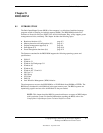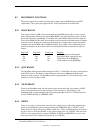
Chapter 7 Power and Signal Distribution
Compaq Deskpro EN Series of Personal Computers
Desktop and Minitower Form Factors
Third Edition - September 1998
7-4
7.2.2.3 PS On Control Select
The assertion of the PS On signal can be controlled through DIP switch SW1-6 as follows:
SW1-6 Closed (on) – PS On signal is asserted when unit is plugged into a live AC socket and
power supply assembly produces all voltages (system boots immediately).
SW1-6 Open (off) – PS On signal asserted by pressed power button.
7.2.2.4 Wake Up Events
The PS On signal can also be activated with a power “wake-up” of the system due to the
occurrence of a magic packet, serial port ring, or PCI power management (PME) event. These
events can be individually enabled by the Setup utility through the GPIO of the system security
ASIC to wake up the system from a sleep (low power) state. The wake up sequence for each event
occurs as follows:
♦ Wake On LAN (WOL) - If a compliant network interface controller is installed and enabled
for remote wake-up, reception of a “Magic Packet” results in the assertion of the high R-
MPKT pulse signal (received through the WOL header P9) to the power control logic, which
will assert PS On. Note that the NIC adapter must be able to draw five volts power from
header P9 during the system sleep state.
♦ Modem Ring – A ring indication on serial port A (COM1) will, if enabled, be detected by the
power control logic and cause the PS On signal to be asserted.
♦ PME Event – A power management event that asserts the PME- signal on the PCI bus can
be enabled to cause the power control logic to generate the PS On signal. Note that the PCI
card must have a second source of power to operate during the system unit’s sleep state.



